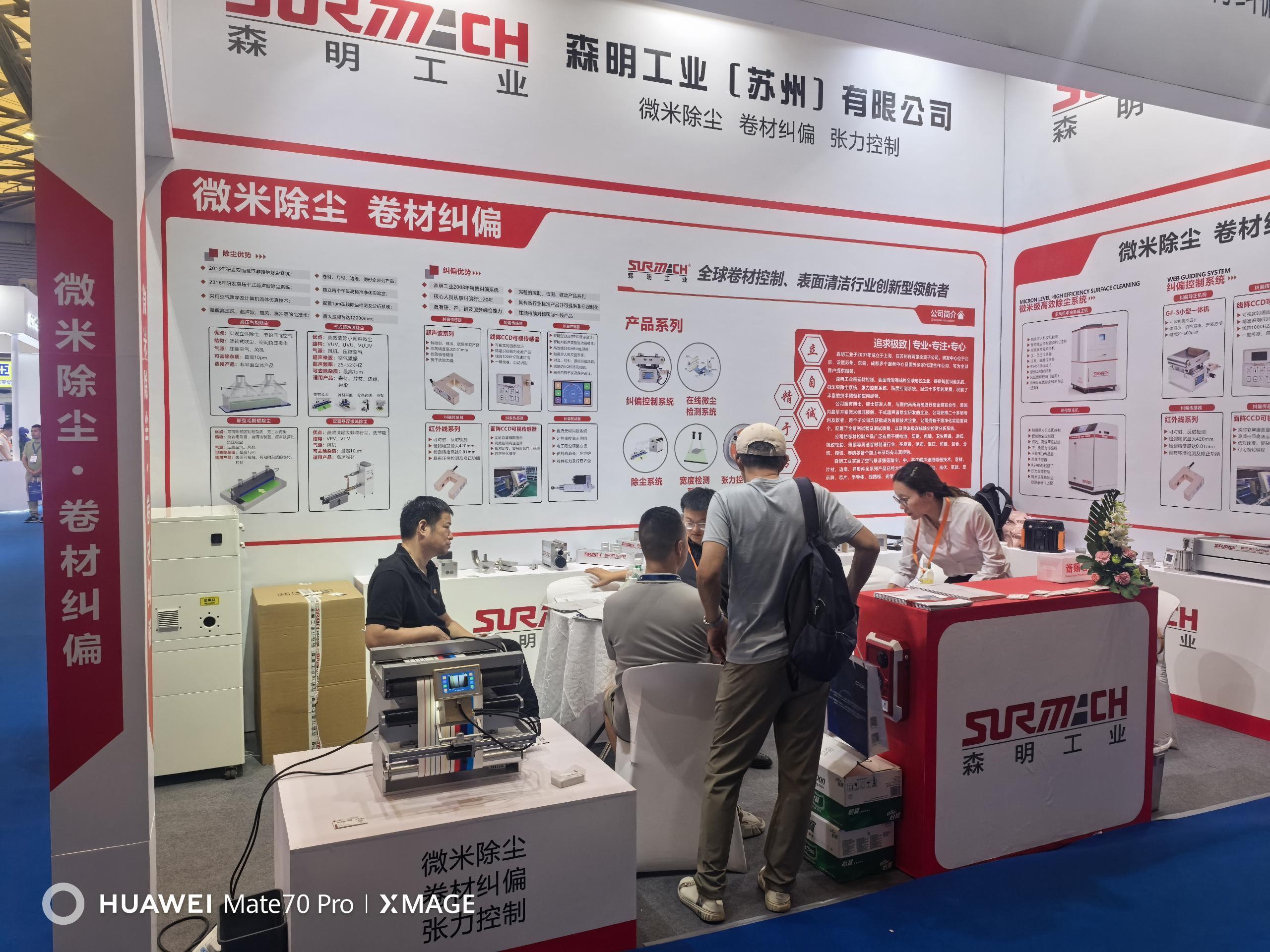Revolutionizing Industrial Cleaning: The Power of Ultrasonic Suspended Cleaners
Date:
2025-04-16
Ultrasonic suspended cleaners are an innovative solution in the realm of industrial cleaning equipment, utilizing high-frequency sound waves to achieve an unparalleled level of cleanliness in various applications. These devices operate by generating ultrasonic waves that create microscopic bubbles in a cleaning solution, a process known as cavitation. When these bubbles collapse, they release a significant amount of energy, producing shock waves that dislodge dirt, grease, and contaminants from surfaces, even those with intricate geometries or hard-to-reach areas.
One of the key advantages of ultrasonic suspended cleaners is their efficiency. Traditional cleaning methods often require scrubbing or the use of harsh chemicals, which can be time-consuming and potentially damaging to sensitive components. In contrast, ultrasonic cleaning is a non-invasive process that can clean a wide variety of materials, including metals, plastics, and glass, without the risk of physical damage. This makes them particularly valuable in industries such as automotive, aerospace, medical, and electronics, where precision and reliability are paramount.
Moreover, ultrasonic suspended cleaners are highly versatile. They can be used for cleaning a multitude of items, from small intricate parts like jewelry and watches to larger components such as engine blocks. This flexibility reduces the need for multiple cleaning systems, streamlining operations and saving space in industrial settings.
Another significant benefit of ultrasonic cleaning technology is its environmental impact. By relying on the mechanical action of cavitation, ultrasonic suspended cleaners can often reduce or eliminate the need for harsh chemicals, contributing to a more sustainable cleaning process. Additionally, the ability to reuse cleaning solutions further enhances their eco-friendliness, making them an attractive option for businesses looking to reduce their carbon footprint.
When considering the implementation of ultrasonic suspended cleaners in industrial processes, it's crucial to understand the importance of selecting the appropriate frequency and power settings for specific cleaning tasks. Different materials and contaminants may require varying ultrasonic frequencies to achieve optimal results. Manufacturers often provide guidance on the best practices for using these devices, ensuring users can maximize their cleaning effectiveness while maintaining equipment longevity.
In conclusion, ultrasonic suspended cleaners represent a significant advancement in the field of industrial cleaning equipment. Their ability to deliver thorough, efficient, and eco-friendly cleaning solutions makes them an essential tool for many industries. As businesses strive for greater efficiency and sustainability, the adoption of ultrasonic cleaning technology continues to grow, proving that innovation is at the heart of modern industrial practices.
One of the key advantages of ultrasonic suspended cleaners is their efficiency. Traditional cleaning methods often require scrubbing or the use of harsh chemicals, which can be time-consuming and potentially damaging to sensitive components. In contrast, ultrasonic cleaning is a non-invasive process that can clean a wide variety of materials, including metals, plastics, and glass, without the risk of physical damage. This makes them particularly valuable in industries such as automotive, aerospace, medical, and electronics, where precision and reliability are paramount.
Moreover, ultrasonic suspended cleaners are highly versatile. They can be used for cleaning a multitude of items, from small intricate parts like jewelry and watches to larger components such as engine blocks. This flexibility reduces the need for multiple cleaning systems, streamlining operations and saving space in industrial settings.
Another significant benefit of ultrasonic cleaning technology is its environmental impact. By relying on the mechanical action of cavitation, ultrasonic suspended cleaners can often reduce or eliminate the need for harsh chemicals, contributing to a more sustainable cleaning process. Additionally, the ability to reuse cleaning solutions further enhances their eco-friendliness, making them an attractive option for businesses looking to reduce their carbon footprint.
When considering the implementation of ultrasonic suspended cleaners in industrial processes, it's crucial to understand the importance of selecting the appropriate frequency and power settings for specific cleaning tasks. Different materials and contaminants may require varying ultrasonic frequencies to achieve optimal results. Manufacturers often provide guidance on the best practices for using these devices, ensuring users can maximize their cleaning effectiveness while maintaining equipment longevity.
In conclusion, ultrasonic suspended cleaners represent a significant advancement in the field of industrial cleaning equipment. Their ability to deliver thorough, efficient, and eco-friendly cleaning solutions makes them an essential tool for many industries. As businesses strive for greater efficiency and sustainability, the adoption of ultrasonic cleaning technology continues to grow, proving that innovation is at the heart of modern industrial practices.
Related information
2025-05-21
2025-05-21









